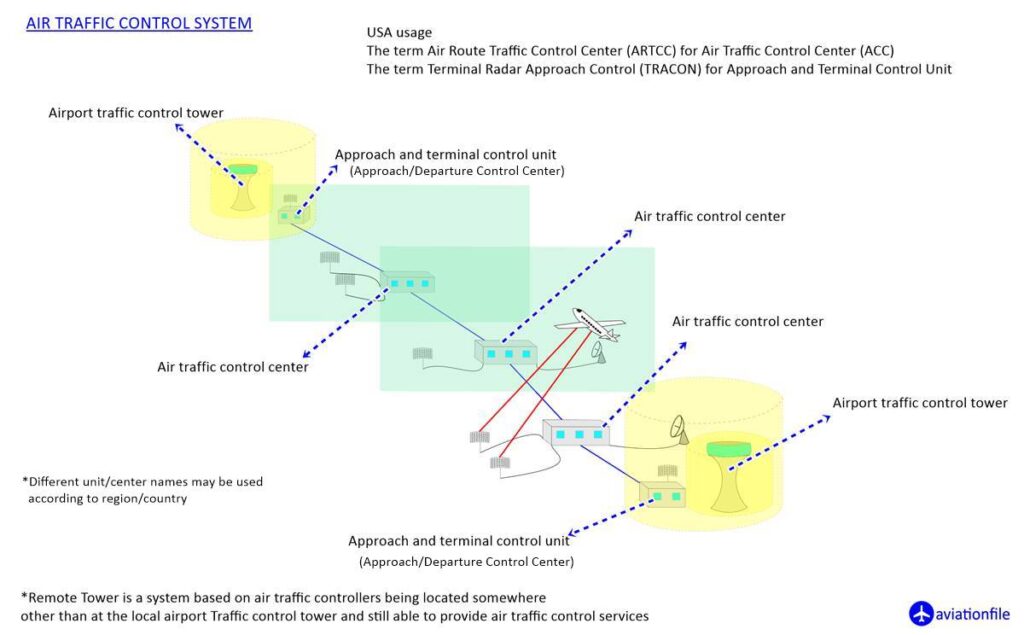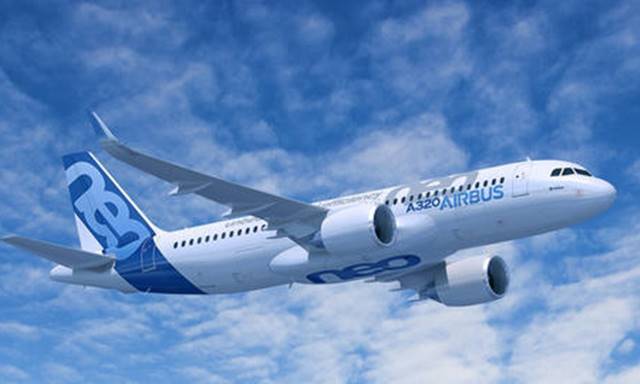Collaborative Decision Making (CDM) in Aviation: Enhancing Safety and Efficiency
Collaborative Decision Making (CDM) is an essential aspect of aviation operations that involves the sharing of information and decision-making among all stakeholders. CDM is crucial to ensure the safety and efficiency of flights, especially in complex and busy airspace. In this article, we will explore the importance of CDM in aviation, its benefits, and how it works.
What is Collaborative Decision Making (CDM)?
CDM is a process that involves the collaboration and communication of all aviation stakeholders, including air traffic controllers, pilots, dispatchers, airlines, and ground service providers, to make informed decisions about flight operations. The goal of CDM is to improve efficiency, reduce delays, and enhance safety.
Why is Collaborative Decision Making (CDM) important in Aviation?
CDM is essential in aviation for several reasons:
Enhanced Safety: CDM allows for the sharing of information among all stakeholders, which enables a more comprehensive understanding of the aviation environment, leading to better decision-making and enhancing safety.
Improved Efficiency: CDM improves the efficiency of aviation operations by reducing delays, minimizing fuel consumption, and improving turnaround times.
Resource Optimization: CDM optimizes the use of resources, including airport infrastructure, airspace, and ground handling services.

How does Collaborative Decision Making (CDM) work in Aviation?
CDM in aviation involves a collaborative process among all stakeholders, and the process typically involves the following steps:
Pre-Departure: Before a flight, stakeholders share information about the flight, including weather, aircraft performance, and passenger load.
Strategic Planning: Stakeholders collaborate to develop a strategic plan that takes into account the resources available, weather conditions, and other factors.
Tactical Planning: Stakeholders work together to adjust the strategic plan in real-time to ensure operational efficiency and safety.
Execution: The plan is executed, and stakeholders continue to collaborate to adjust the plan as needed to ensure safety and efficiency.
Benefits of Collaborative Decision Making (CDM) in Aviation
There are several benefits of CDM in aviation, including:
Improved Safety: CDM enhances safety by enabling all stakeholders to make informed decisions based on the most up-to-date information.
Increased Efficiency: CDM reduces delays, improves turnaround times, and optimizes resource use, leading to increased efficiency and cost savings.
Better Communication: CDM fosters better communication among all stakeholders, leading to improved decision-making and operational efficiency.
Conclusion
Collaborative Decision Making (CDM) is a critical aspect of aviation operations that enables stakeholders to collaborate and make informed decisions about flight operations. CDM enhances safety, increases efficiency, and optimizes resource use. It is essential for all aviation stakeholders to understand the importance of CDM and to collaborate effectively to ensure the safety and efficiency of flight operations.
References:
- International Civil Aviation Organization (ICAO). (2018). Manual on Collaborative Decision Making (CDM) (Doc 9971). Montreal, Quebec, Canada: ICAO.
- Federal Aviation Administration (FAA). (2017). Collaborative Decision Making (CDM). Retrieved from https://www.faa.gov/air_traffic/publications/atpubs/aim_html/chap4_section_3.html.



